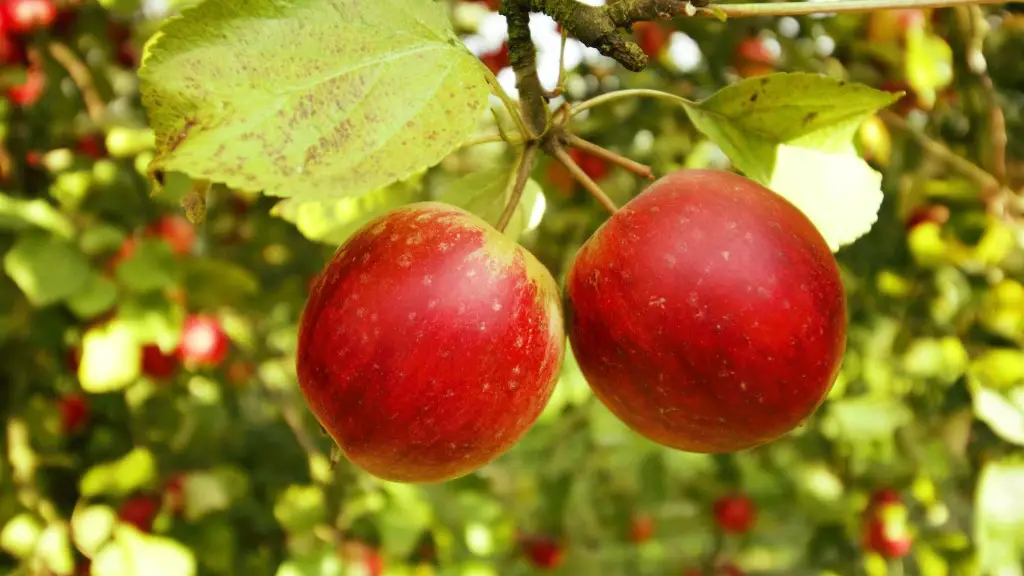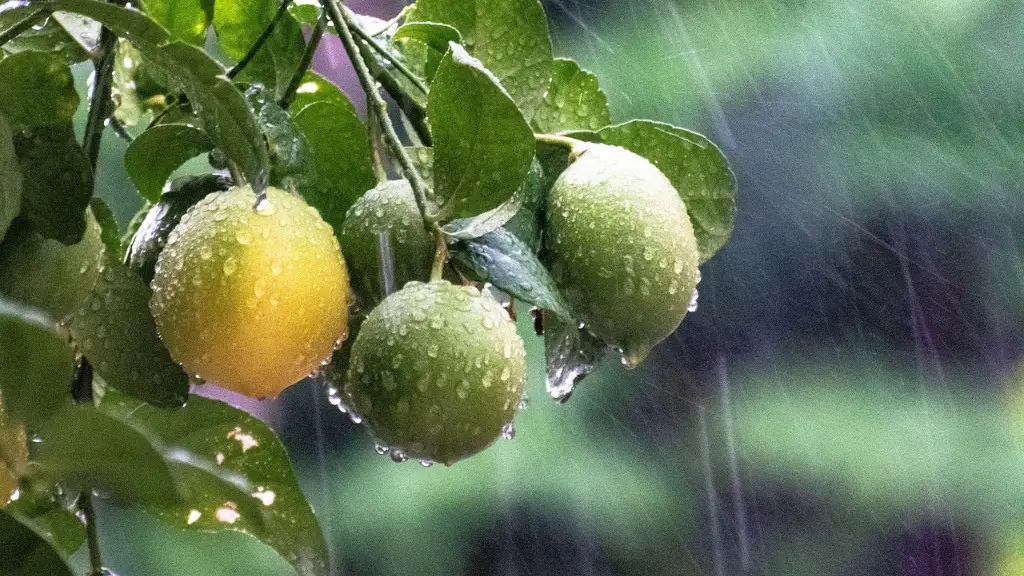Whether you’re looking to expand your orchard or simply want to add an apple tree to your garden, there are a number of places you can purchase an apple tree. You can shop online at companies that specialize in providing fruit trees in various sizes and varieties, go to local orchards, or purchase a grafted tree from nurseries and garden centers. Before making your purchase, figure out what type of climate you live in and do some research on the types of apple trees that thrive in that particular climate.
Local Orchards
Local orchards are a great option for purchasing an apple tree since you get to witness the tree’s growth firsthand, and you can get advice from a knowledgeable orchard owner. Orchards have trees of various ages and sizes, and they can typically get trees that are already a few years old and bearing fruit. Plus, you don’t have to worry about the tree being shipped to you and dealing with all the hassles of transporting it.
Nurseries and Garden Centers
Nurseries and garden centers are perfect places to find a variety of apple trees. You can browse different varieties and sizes, and you don’t have to worry about shipping or transportation as you would with an online purchase. Plus, you can get advice from a knowledgeable and experienced gardener who likely has tried their hand at growing apple trees in their own garden. The downside is that nurseries and garden centers typically carry trees that are of a young age, so it can take several years before you start getting an abundant crop.
Online Specialty Companies
With an online purchase, you can access a wide selection of apple trees in a variety of sizes and varieties. Such companies offer a variety of trees, including already-growing, fruit-bearing trees and even smaller dwarf trees, which require less space and don’t produce as much fruit. Shipping is usually available, which makes it much more convenient, but the downside is that it can be hard to determine the quality of the tree and figure out the ideal condition for it to grow in.
Questions to Ask
Before you purchase an apple tree, make sure you ask the seller or garden center specialist a few questions. What type of care does it need? How much fruit will it produce? Is it resistant to diseases and other pests? Will it thrive in the climate you live in? Such questions can help you make the best decision for your apple tree purchasing needs.
Choosing the Right Apple Tree
When it comes to choosing an apple tree, think about the climate you live in, the size of your yard, and the type of fruit you want to produce. Consider tree varieties that fare well in your climate, such as Red Delicious and Fuji in warmer climates and Golden Delicious and Granny Smith in colder climates. Furthermore, make sure you look into the size of the tree. Dwarf trees are a good option if you’re short on space and don’t want a large tree in your backyard.
Maintenance and Care
When you receive your apple tree, do the proper research and plan for its growth and maintenance. Apple trees require regular pruning, watering, and fertilizing. When spring comes around, consider applying fertilizer and mulch to the roots for proper growth and development. Additionally, inspect the tree for any insect infestations and diseases, such as scab and fire blight, and use appropriate treatments should any issues arise.
Pruning and Harvesting
Pruning is an essential part of keeping your apple tree healthy. To ensure healthy blossoms and fruit, prune the tree in late summer by removing any dead branches or limbs. During the winter months, consider removing any crossing or diseased branches and limbs to keep your tree in good shape. When the fruits are ripe and ready for harvesting, look for firm, slightly dusty fruit and cut them off the branch. With the right tree and proper maintenance, you can ensure an abundant crop of apples each year.
Fertilization and Soil Preparation
Keep your apple tree healthy by fertilizing and preparing the soil for it. Begin a fertilization regimen several months before planting by adding organic material to the soil, such as manure or compost, and occasionally applying fertilizer to the root area. For young trees, the fertilization process should continue throughout the growing season. Additionally, consider using a fertilizer rich in calcium, nitrogen, and magnesium to promote healthy fruit production.
Protection from Elements
Weather such as cold and heat can play a huge role in the growth and development of your apple tree. To protect the tree from extreme weather, surround the root area with organic mulch, such as dried leaves or bark. Such organic matter serves as a barrier between the roots and the elements, providing insulation and helping to cool the soil in hot summer months. In colder climates, wrap the branches in burlap or plastic to protect them.
Pest Control
Insects and other pests can be a major problem when it comes to apple trees. Consider applying a fungicide to the tree when needed. Additionally, spray insecticides on the tree regularly to control insect infestations, such as aphids and codling moths, which can cause harm to the fruit. Finally, consider using other methods of pest control, such as using physical barriers or trapping them to keep them from invading your apple tree.

